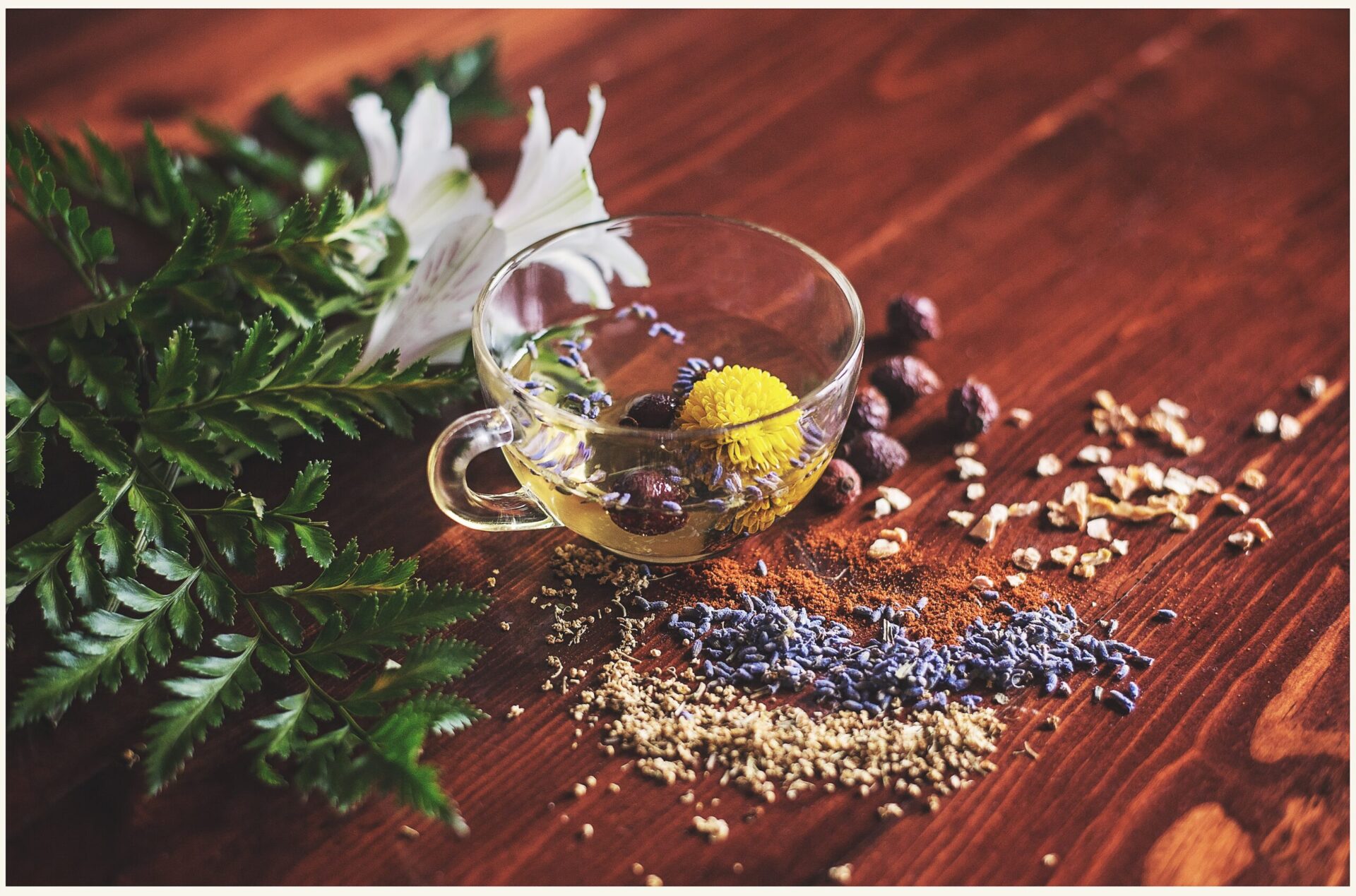Ayurvedic Foods To Make The Most Of The Spring Season | By Kristen Grace
The spring season is a glorious time of rebirth and growth – winter snow is melting, flowers are budding and nature’s showcase is lively and vibrant. However, many people meet spring with congestion, mental fog, sluggishness and other heavy feelings. Ayurveda seeks to bring balance to the spring energy through the seasonal foods we eat.
Humans have an intimate relationship with nature. “The human body is a microcosm of the universe, and Ayurveda shows us that if we follow certain practices and principles — that help attune our bodies to the natural world — we achieve homeostasis, health and longevity,” Lizzy Sinatra, Master Sattva Yoga Teacher, explains.
Sinatra and Dr. Aswathy Krishna, Post Graduate Scholar in Dravya guna vijnana (Ayurvedic Pharmacology), are the co-creators of Ayurvedic Protein. “The world’s first plant-based protein products rooted in Ayurvedic wisdom and healing tradition,” says Sinatra.
Ayurveda is a sister science of yoga, translating to the science of life. The purpose of the medicine, which originated in India, is to, “Prevent disease from happening and to protect the health of a healthy person,” Sinatra explains.
Kendra Brown, certified Ayurvedic chef and creative services manager at Banyan Botanicals, believes Ayurveda is a beautiful ancient practice from India that creates guidelines for people to live in balance within their body. She points out how vital it is for understanding your unique make-up and your current state of balance. Banyan’s mission is to, “Empower people’s wellness and wellbeing through the practice of Ayurveda,” according to Brown.
Dr. Aswathy shares that the universe and the body are composed of five basic elements – vayu (air), akasha (ether), ap (water), prthvi (earth) and tejas (fire). “These elements are expressed as three biological humors in the physical body: vata (ether, air), pitta (fire, water) and kapha (earth, water) and are responsible for homeostasis. The season and the diet are factors which influence the balance of these three humors inside us. So that’s why Ayurveda advises to follow an appropriate seasonal regimen and diet to maintain balance in the body.” Dr. Aswathy says.
“I think it’s important to note that everyone is going to be experiencing spring a little differently,” Brown shares. Typically, the transition from winter to spring involves snow and ice melting and saturating the earth. This results in an excess of kapha. However, some environments might not have as much moisture, so people that live in dry climates are still experiencing more vatta.
“Usually there is a combination there in balancing kapha and vatta in the foods that you choose to eat,” Brown adds. You can view the Ayurvedic spring regimen through your own unique filter; including understanding your specific constitution – or dosha – and understanding the environment around you. You can take this quiz from Banyan Botanicals to learn more about your dosha.
In spring, Ayurvedic experts advise to eat foods that are pungent, astringent and bitter. Dr. Aswathy explains, “[pungent] includes coffee, onion, ginger, garlic, and cayenne pepper, bitter includes dandelion root, fenugreek, turmeric root, radish, broccoli, cranberries and sprouts and astringent includes apples, bananas, cabbage, cauliflower, pomegranates and honey. Also juicing with these herbs, vegetables and fruits pacifies kapha.” The Ayurvedic Protein Company created this smoothie using energizing and balancing spices and herbs that is perfect spring.
Brown explains that when we are in balance, we have natural intuitive cravings for the foods that our bodies need to manage levels of kapha and vatta. “In balance, a lot of people will start to have natural craving for lighter foods, lighter meals and movement and warmth,” she states.
To flow with the spring season, partner your Ayurvedic spring diet with a yoga practice. Sinatra explains during spring the excessive kapha energy results in increased heaviness and decreased digestive fire. “Surya namaskar [sun salutation] is always a wonderful full-body balancing flow to increases lightness to the body. Cobra pose and boat pose are excellent postures for stimulating agni [digestive fire], as is Nauli cleansing kriya,” she says.
By eating seasonal foods advised by Ayurveda and establishing a movement practice, we can make the most of spring by bringing balance to the body!
Photo by Lisa Hobbs.
 Kristen Grace is a writer, editor and yogi who ardently loves storytelling. She enjoys writing about all aspects of mental, physical and collective wellbeing. She finds bliss in nature, especially on picnics, as she is also a foodie and amateur baker. Kristen holds a degree in communication and is passionate about listening and learning. She is currently pursuing a yoga teacher certification because movement and breathwork are two of her true loves.
Kristen Grace is a writer, editor and yogi who ardently loves storytelling. She enjoys writing about all aspects of mental, physical and collective wellbeing. She finds bliss in nature, especially on picnics, as she is also a foodie and amateur baker. Kristen holds a degree in communication and is passionate about listening and learning. She is currently pursuing a yoga teacher certification because movement and breathwork are two of her true loves.IMBODHI products are top-notch. Soft to the touch, hand-sewn and made of sustainably sourced fabrics. With a [...]

Subscribe to Our Tribe
Stay up to date with Y+L News, Events and special announcements.










